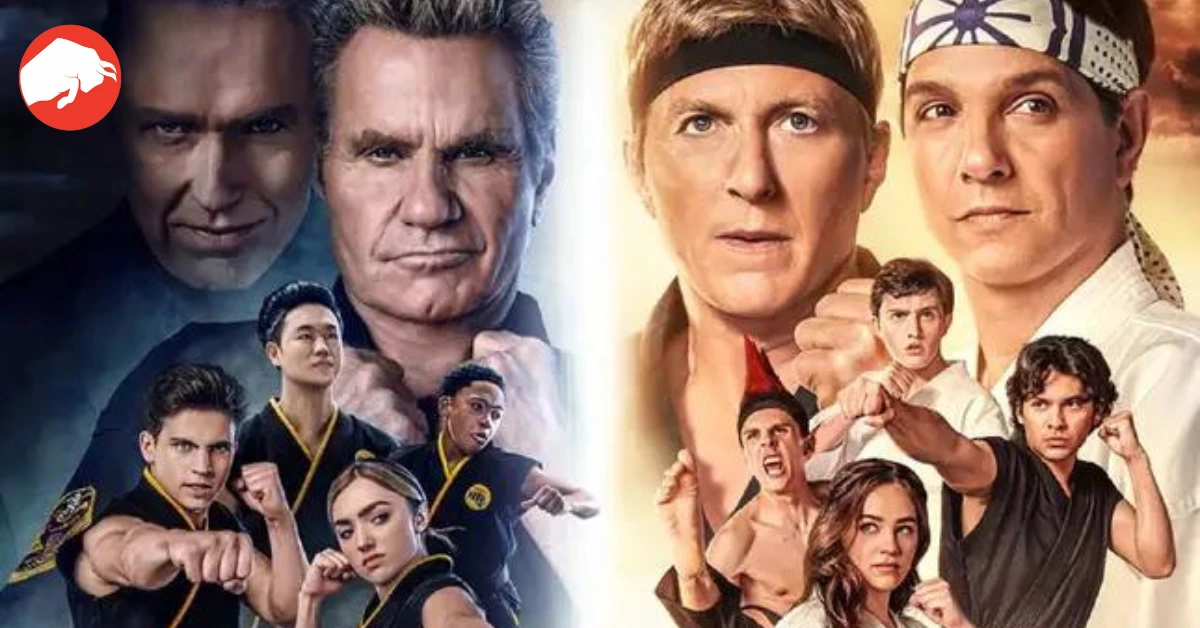A Legacy Reimagined
When the new generation comes face-to-face with legendary tales, a unique synthesis occurs, creating a realm where past and present intertwine. “Cobra Kai” exemplifies this union, resurrecting narratives from the iconic “Karate Kid” movies while weaving in contemporary strands, offering a refreshing perspective on the enduring conflict between Johnny Lawrence and Daniel LaRusso.
Striking the Perfect Balance
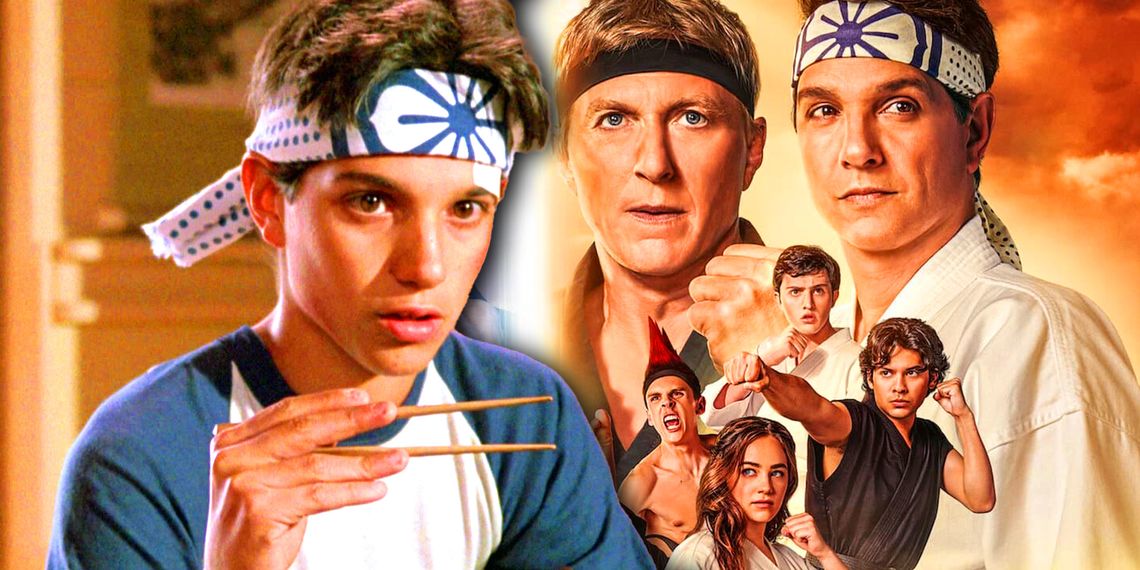
Cobra Kai emerges as a masterpiece in striking the delicate balance between reverence for its roots and innovative storytelling. As it journeyed through its seasons, the series not only catered to the nostalgia of long-time fans but also drew in new aficionados, meticulously layering original plots with classic references.
Legacy and Innovation: A Symbiotic Dance
Cobra Kai’s intrinsic brilliance lies in its ability to stand alone while respecting the shadows of the classic movies. The series delves into the high-stakes Sekai Taikai tournament in its final season, bringing forth elements that appeal to both sets of its audience. While it certainly helps to understand the nuances of Johnny and Daniel’s stories, the series introduces characters like Miguel Diaz, devoid of any previous ties to the “Karate Kid” films, enriching the experience for all viewers.
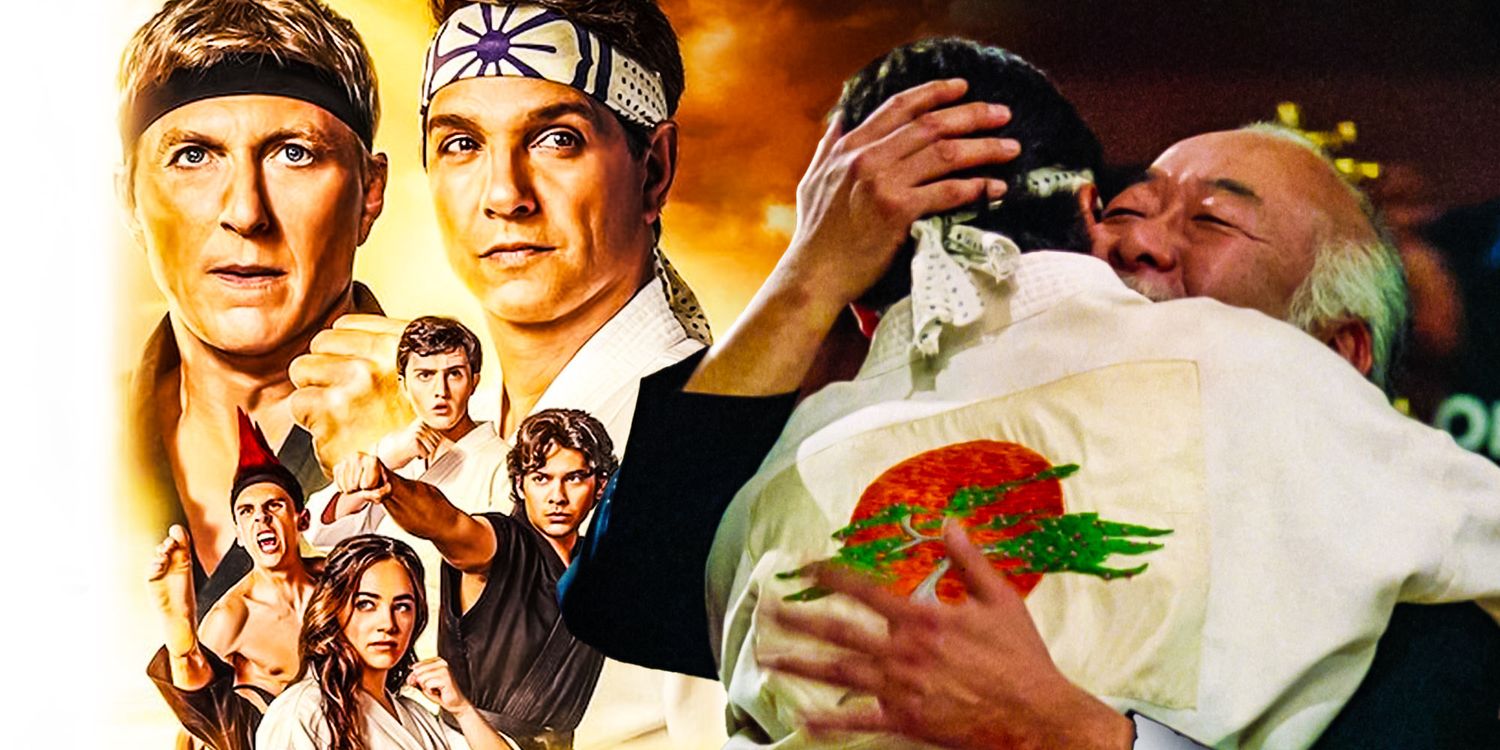
Legacy Characters Meet the New Guard
Characters from the original movies and fresh faces intertwine, creating a tapestry rich in depth and texture. For instance, characters such as Johnny and Daniel remain pivotal, but the story also unravels beyond them, giving ample scope to characters like Sam LaRusso and Robby Keene, who, though connected to the original, bring forth their unique narratives.
The Essence of Nostalgia
For those ingrained in the Karate Kid lore, every season of Cobra Kai is a treasure trove of reminiscence, filled with subtle nods and blatant callbacks to the original trilogy. The series plays brilliantly on the dynamics between the younger characters and the residual animosities of the older ones, offering a multifaceted view of the prevailing themes. In essence, Cobra Kai doesn’t merely flip the tales we knew; it reshapes them, granting Johnny and Daniel varied roles in the new narrative and enhancing the overall experience with cleverly woven nostalgia.
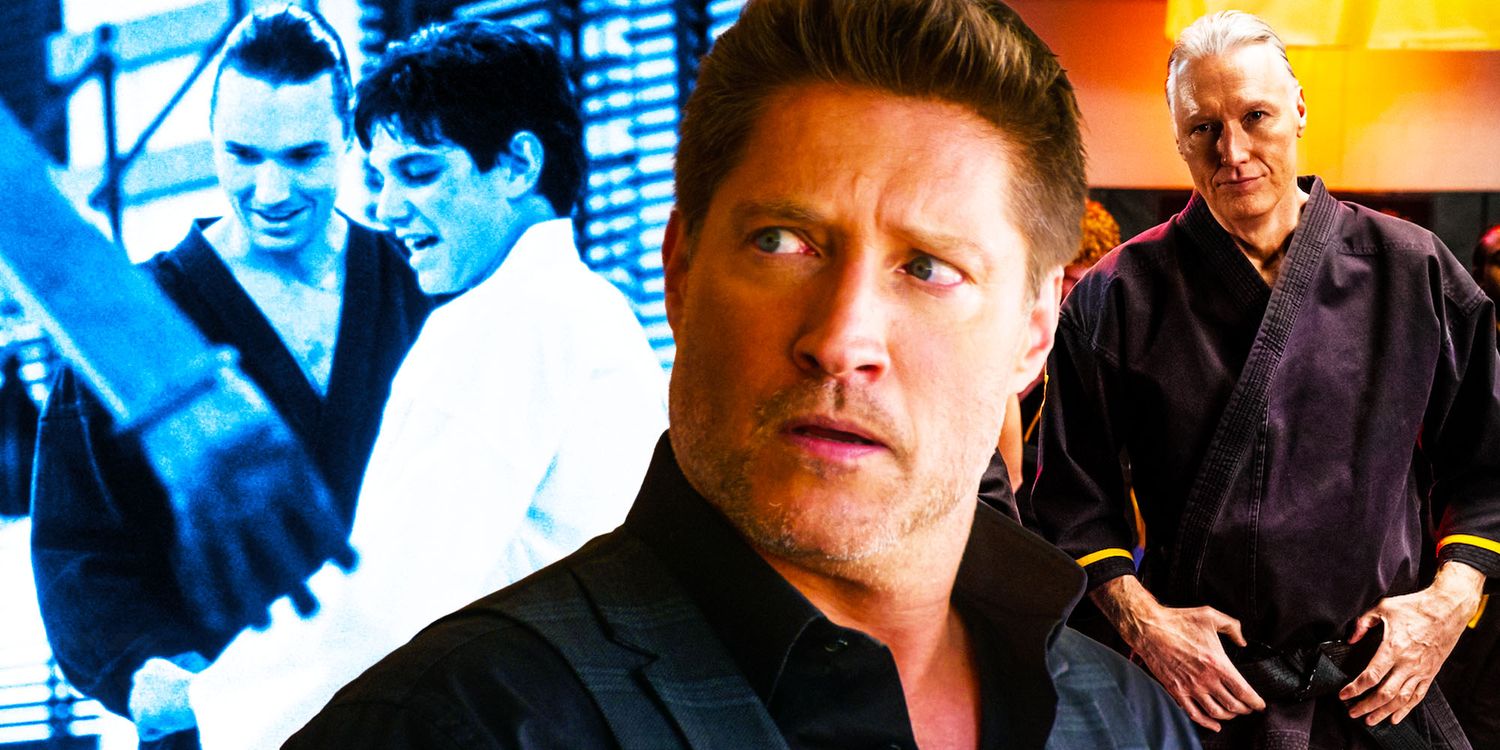
The Extended Karate Kid Universe
In this extended universe, not every element of the original series finds a place. The first three “Karate Kid” films find direct acknowledgment, with Ralph Macchio reprising his role as Daniel LaRusso, and Pat Morita’s iconic portrayal of Mr. Miyagi resonating throughout. “The Next Karate Kid,” featuring Hilary Swank as Julie Pierce, exists within the same continuity but has yet to gain recognition in the series, leaving scope for future integrations. Conversely, the 2010 remake, despite its fresh take, remains detached from the Cobra Kai universe, seemingly hinting at a future bereft of any cross-overs.
Conclusion:
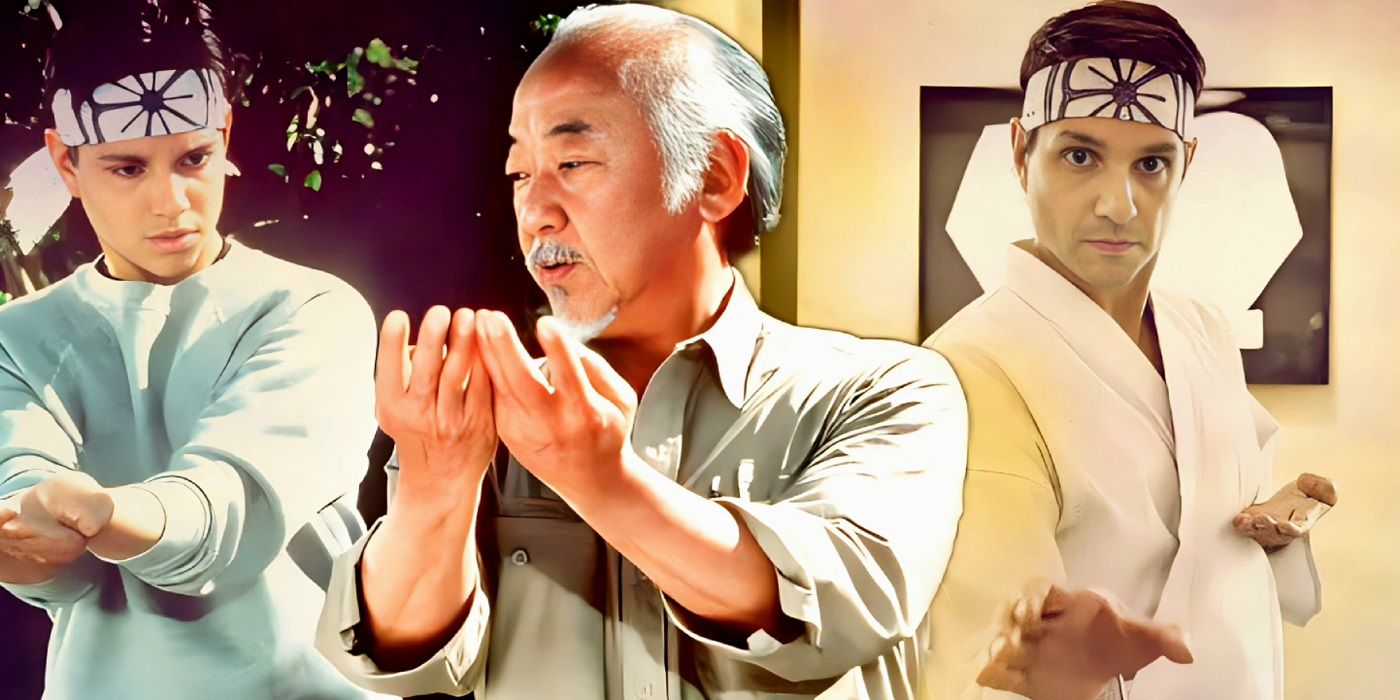
“Cobra Kai” has emerged as an exemplary model of reboot success, harmoniously merging nostalgia with innovation. It stands as a testament to the timeless appeal of the “Karate Kid” saga, showing us how stories from our past can be reimagined to resonate with a diverse audience, effectively crossing generational boundaries and offering a nuanced perspective to new and returning fans alike.
In the battle between legacy and originality, “Cobra Kai” has found its unique dojo, proving that in the world of storytelling, sometimes the old and the new can coexist and even complement each other, creating a symphony of interconnected tales that echo the timeless allure of martial arts, friendship, rivalry, and redemption.


